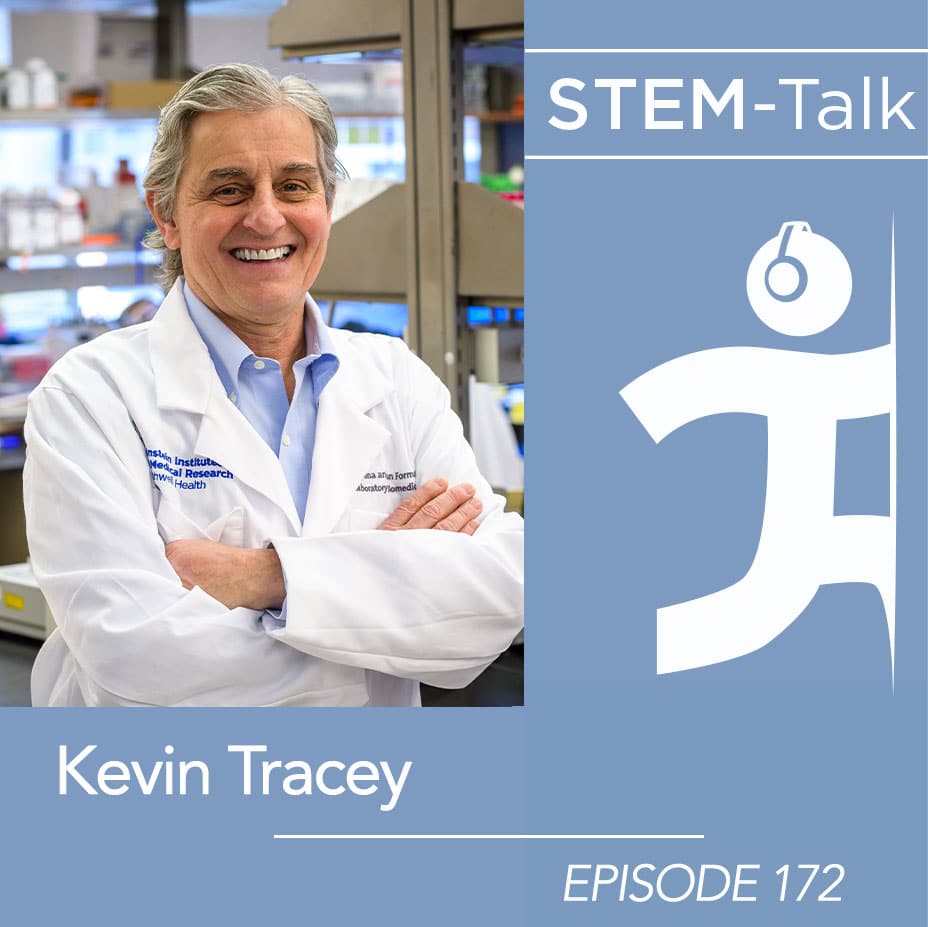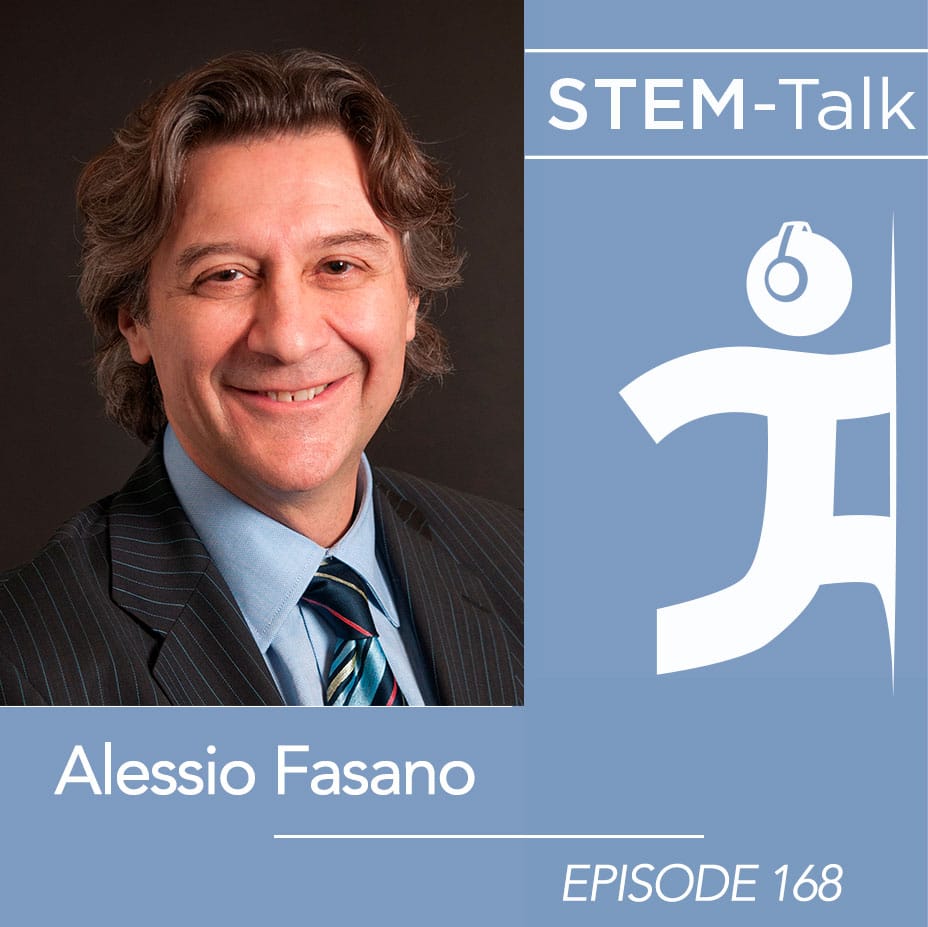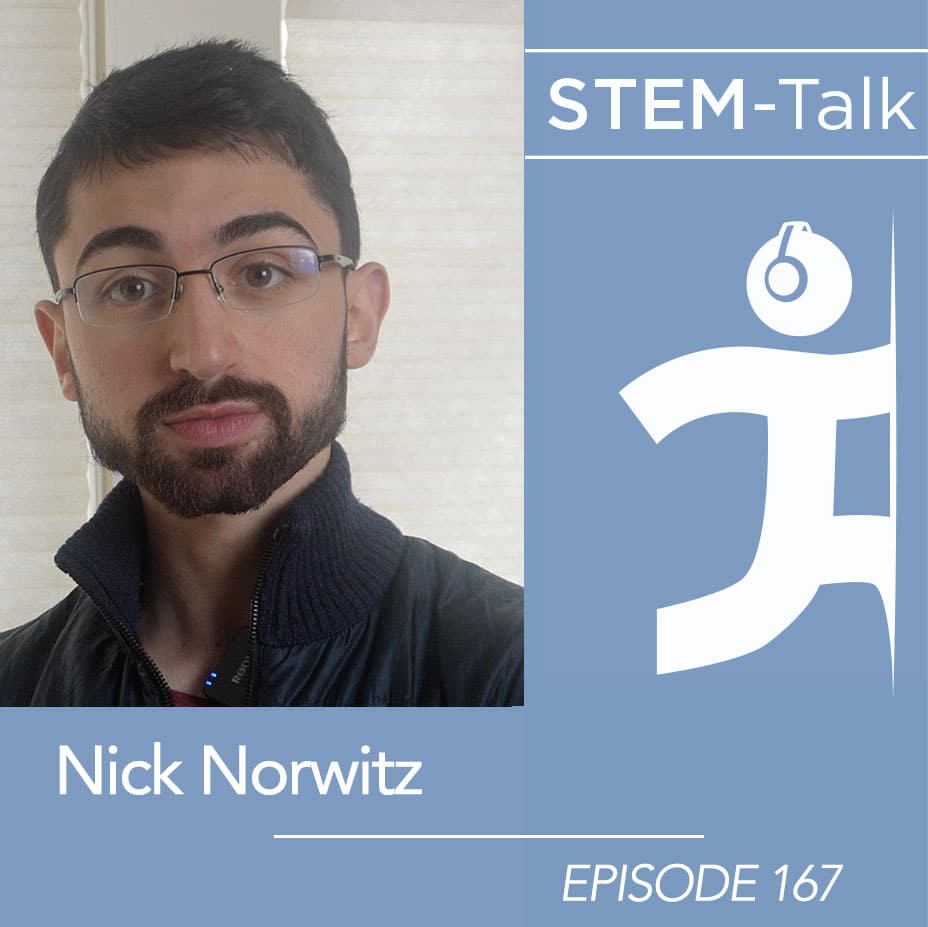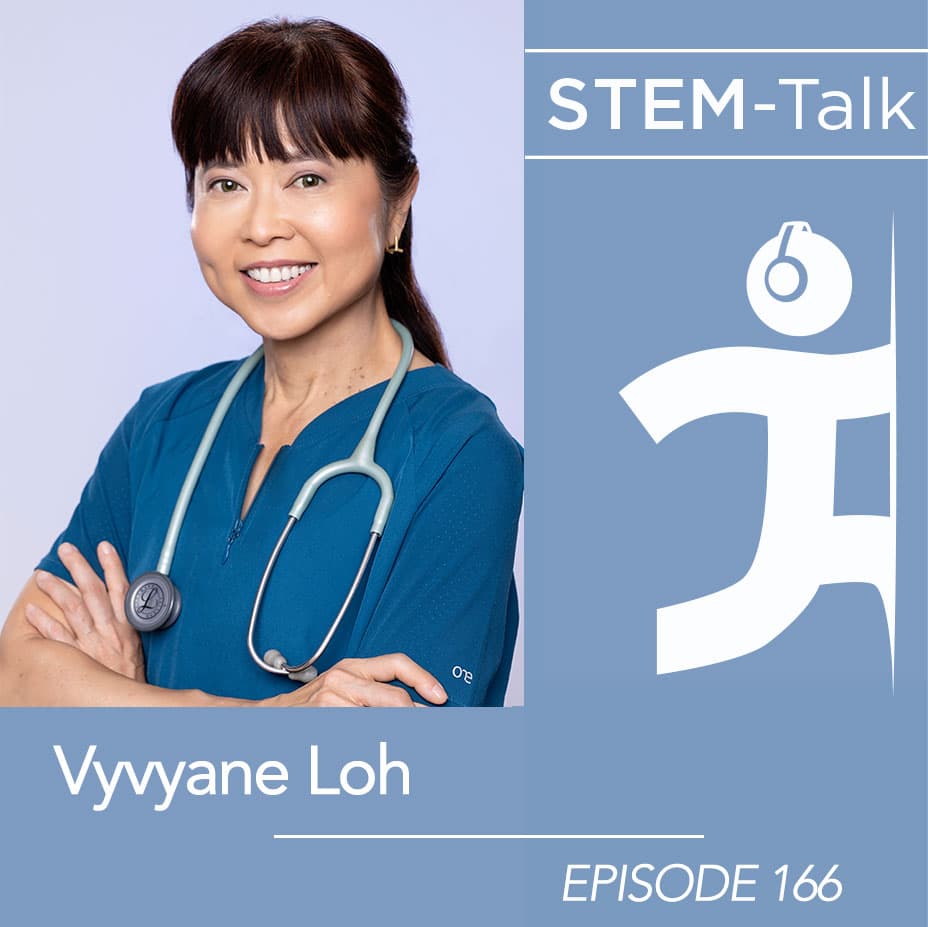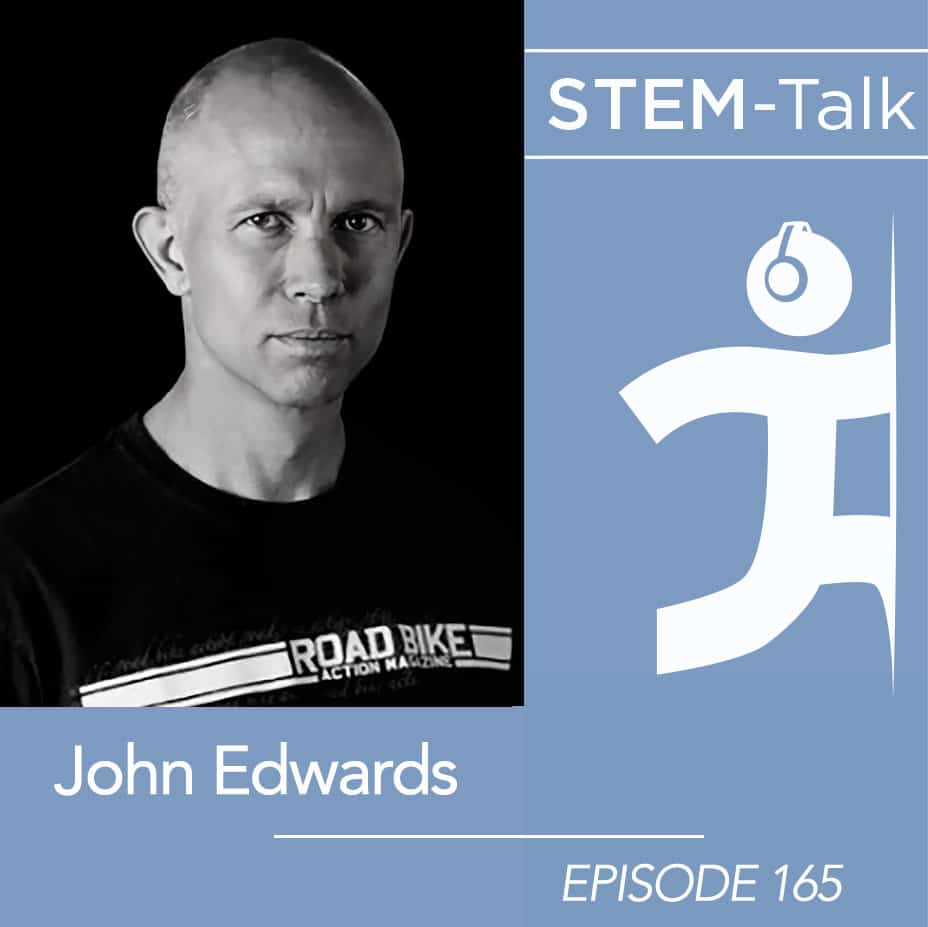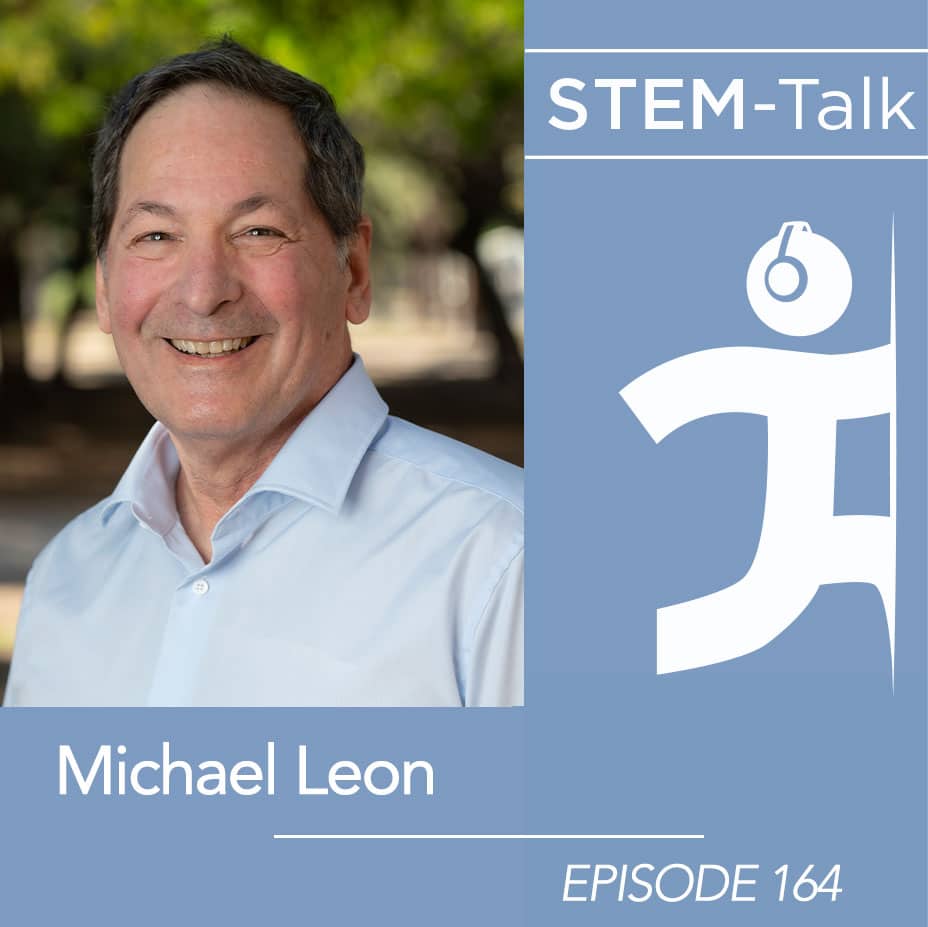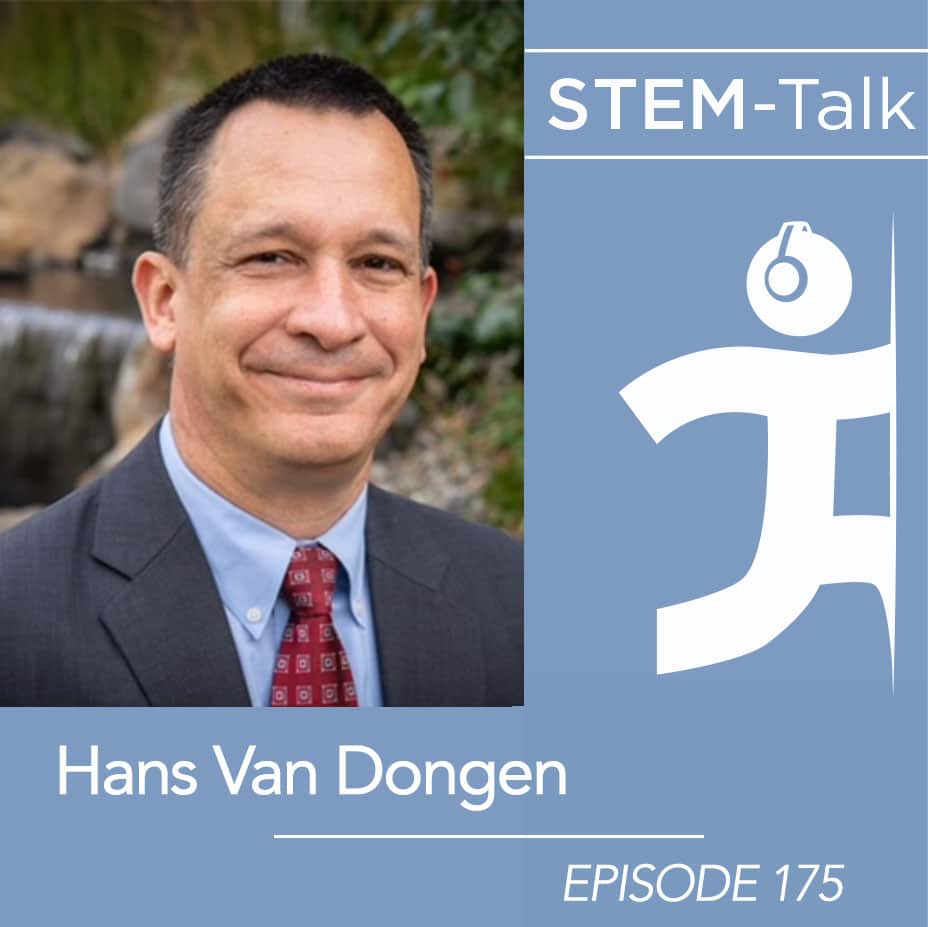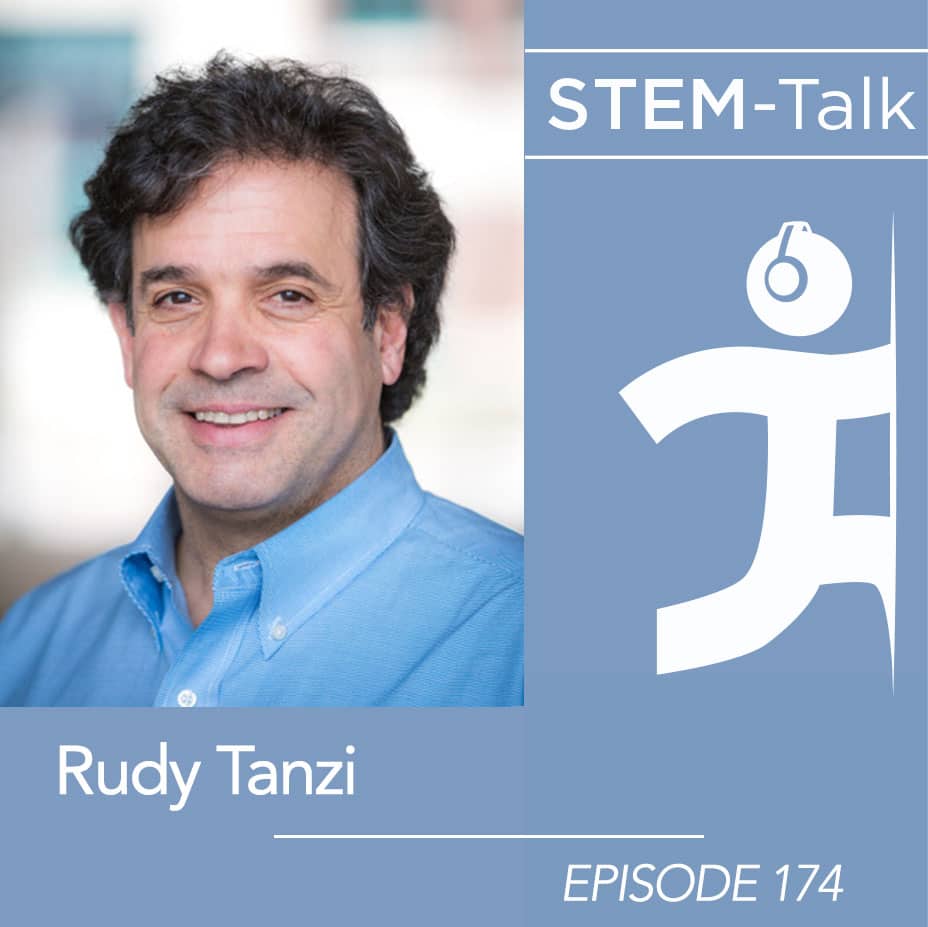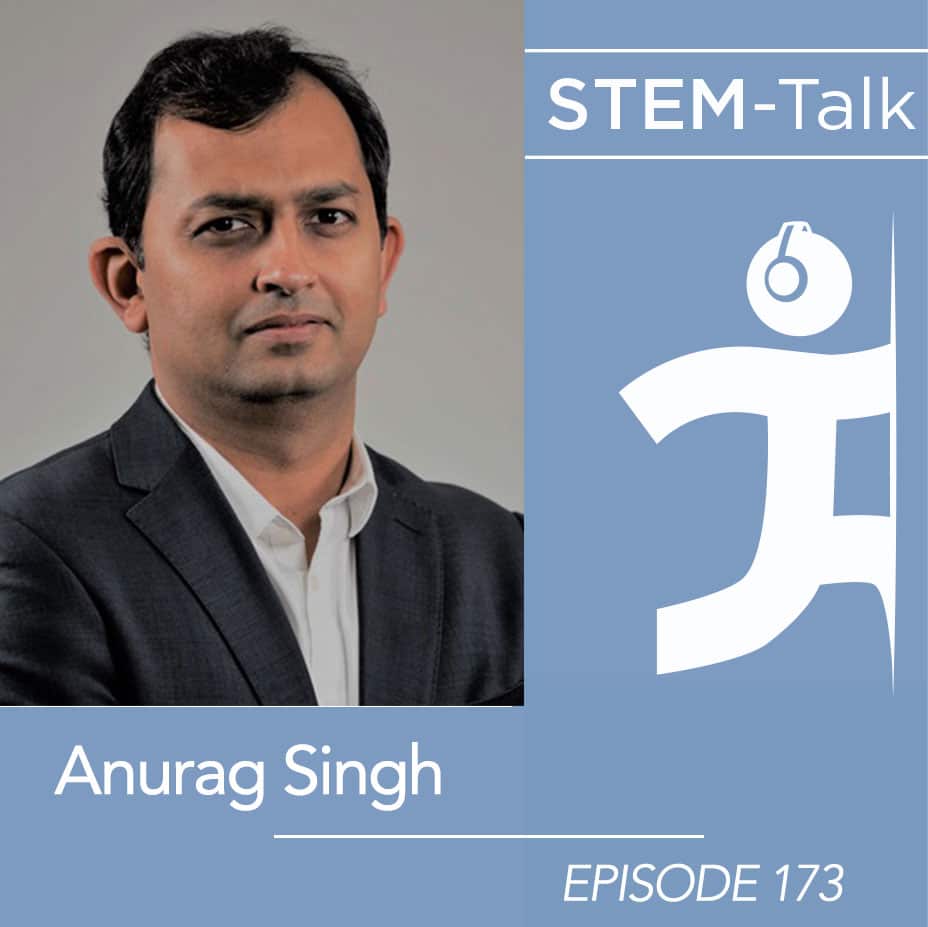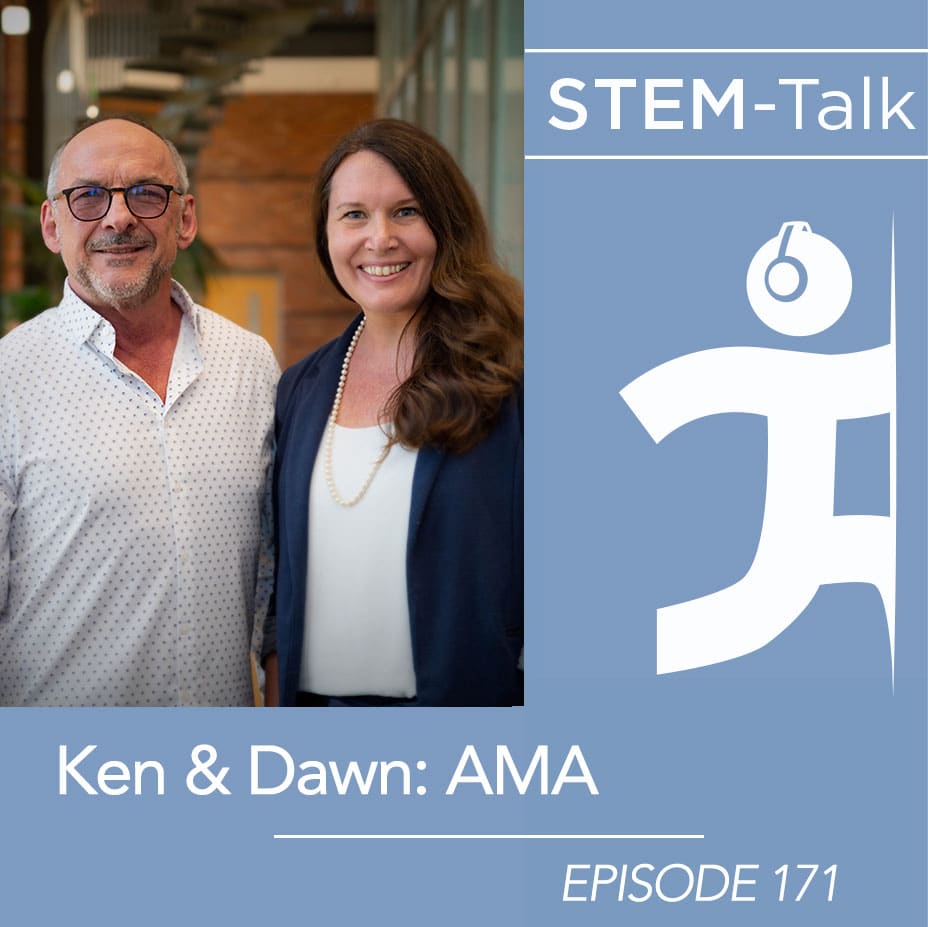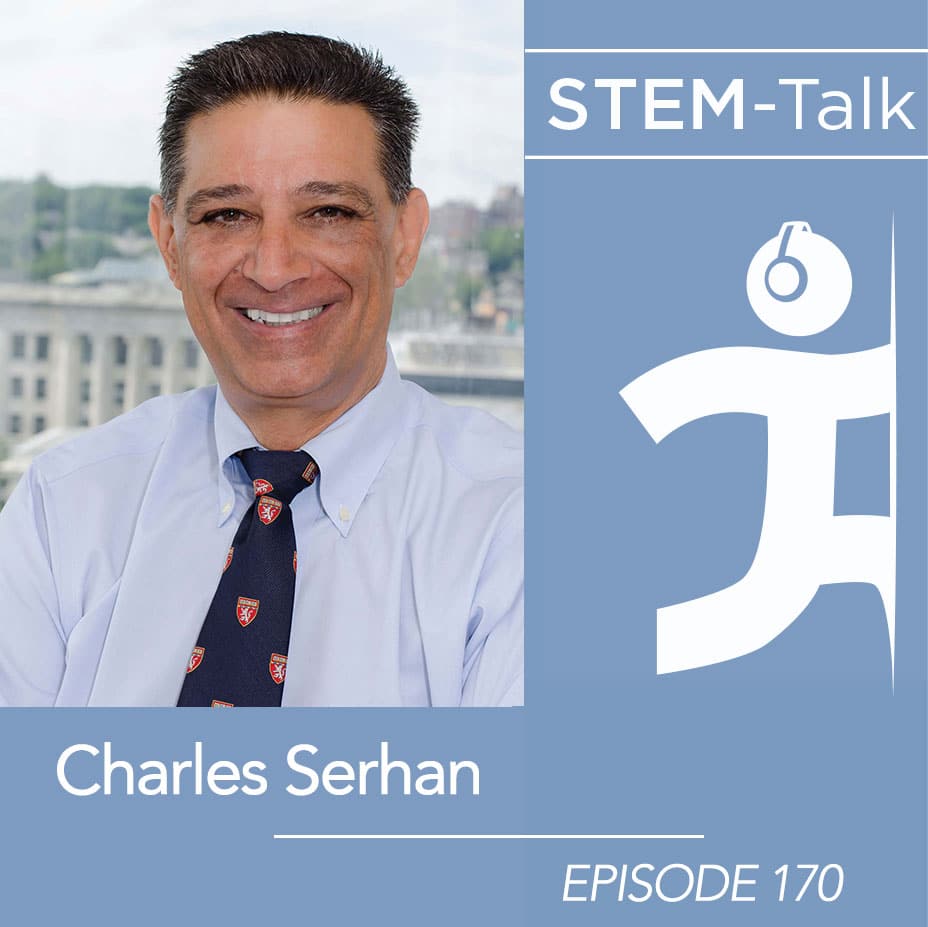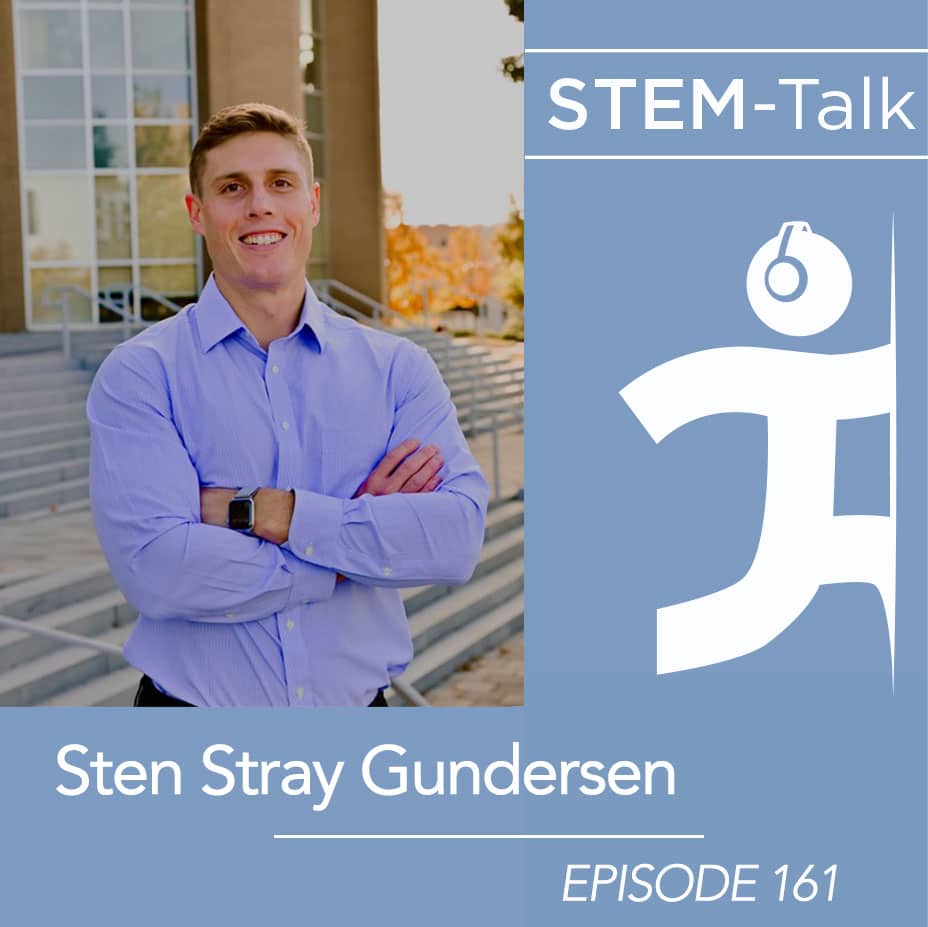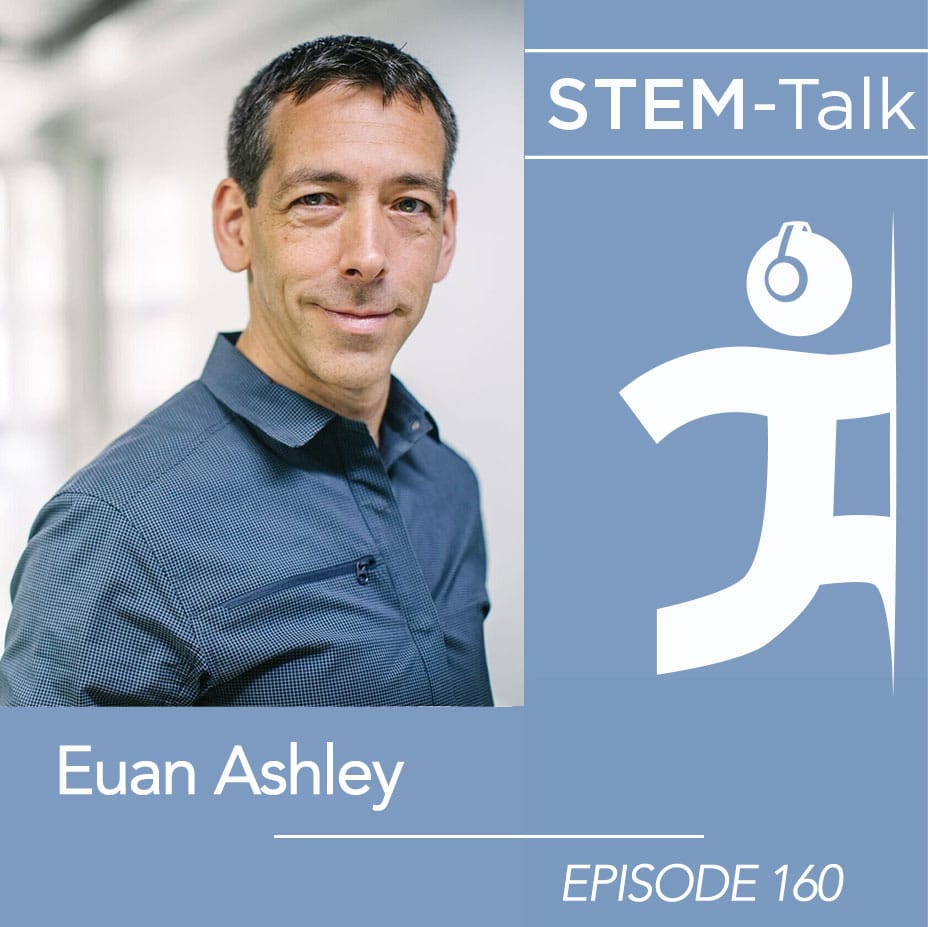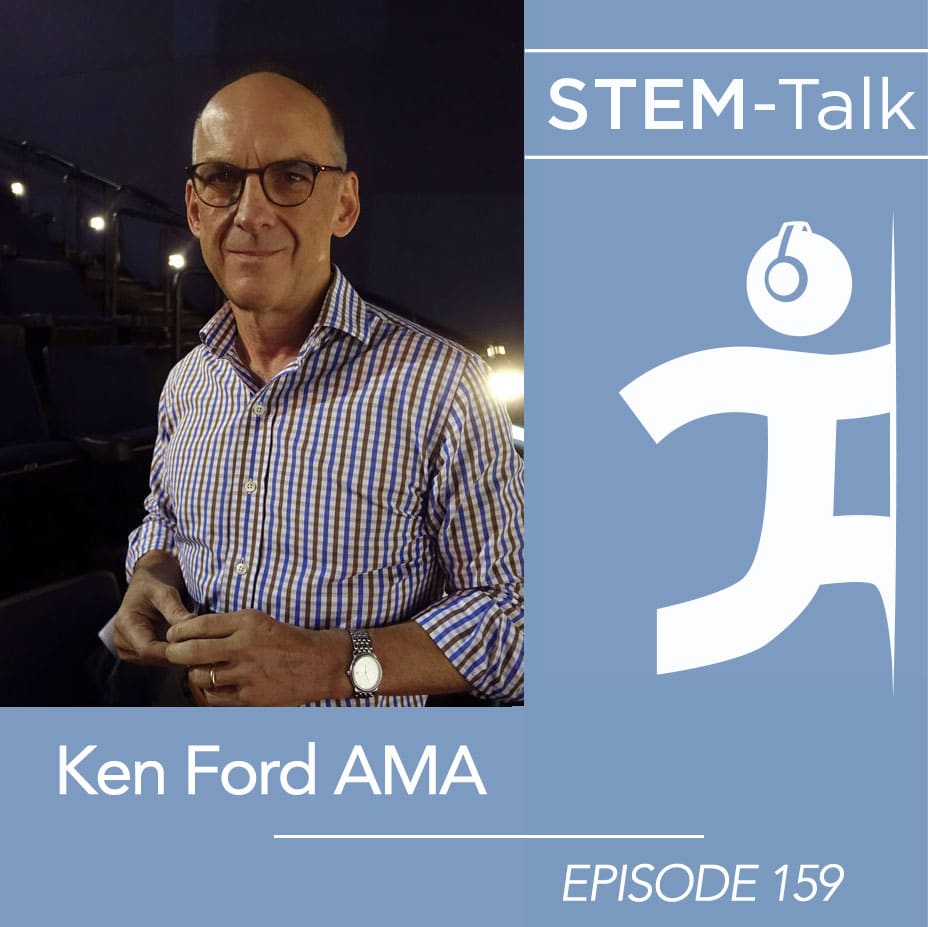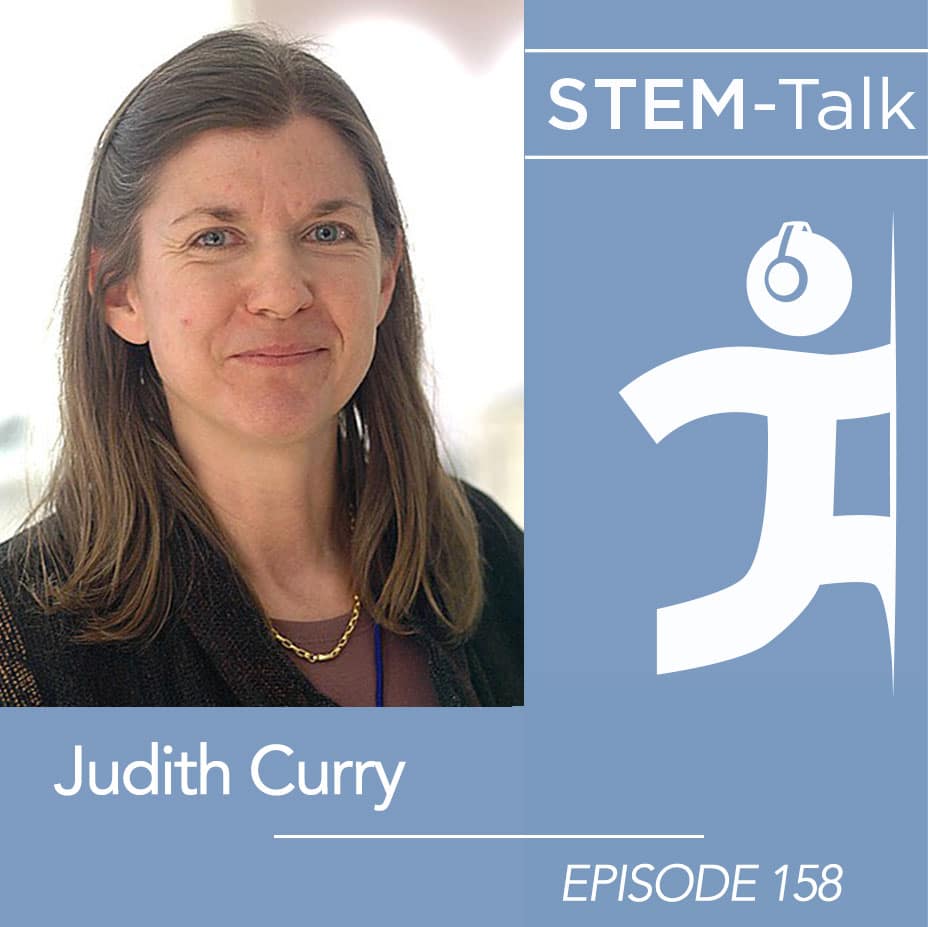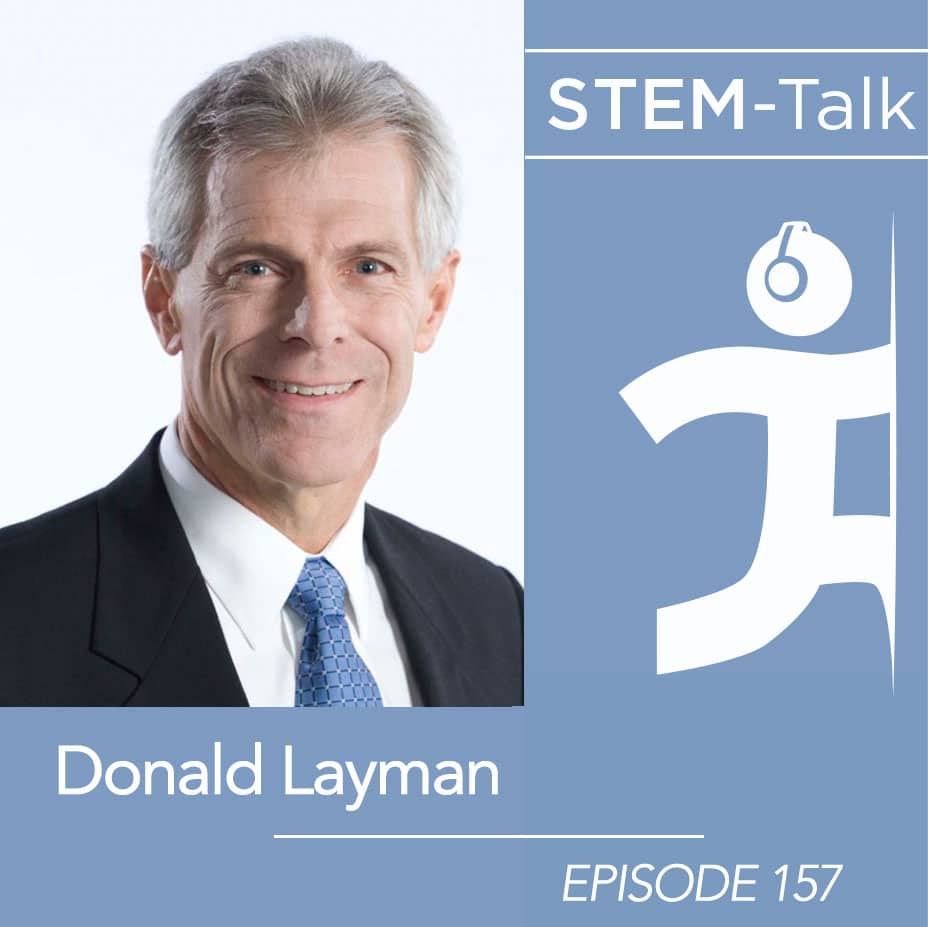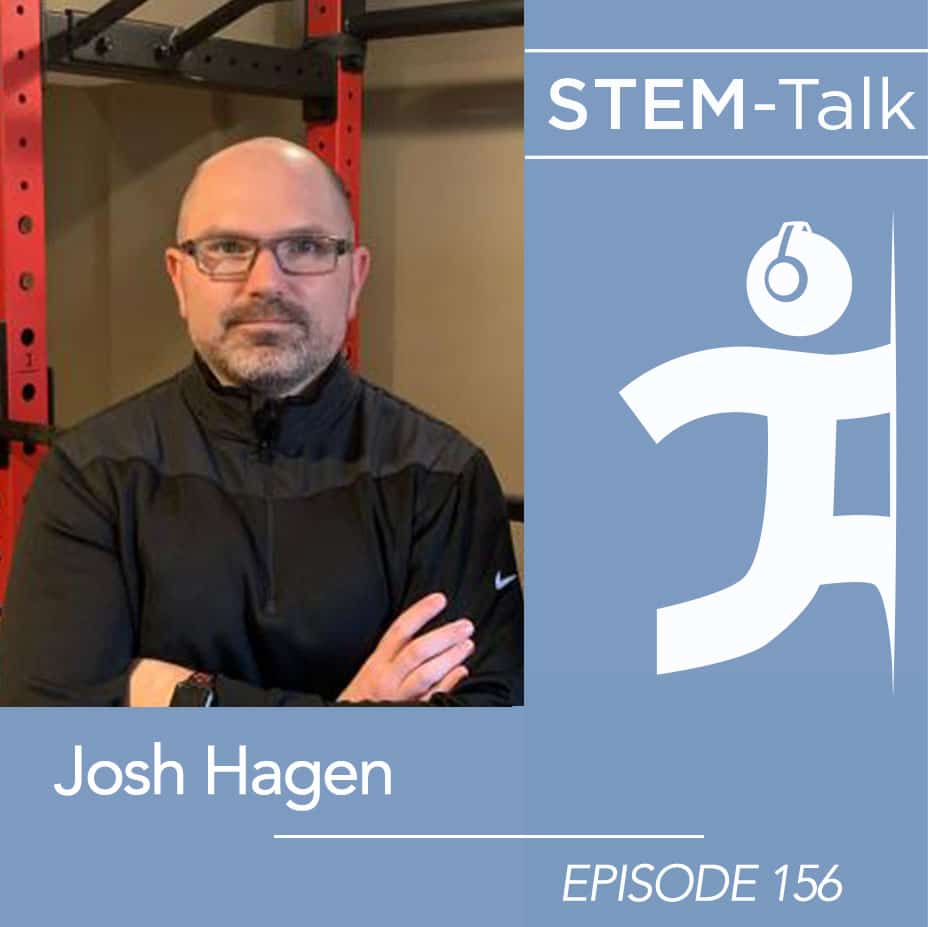Episode 172: Kevin Tracey on neuro-immunology and the treatment of inflammatory diseases
Description
Few people know as much about inflammation and neuroscience as Dr. Kevin Tracey does.
In this episode of STEM-Talk, we learn much from Tracey, who was the first to identify the inflammatory reflex, a physiological mechanism that regulates the body’s immune response to injury and invasion.
He is a neurosurgeon, a pioneer in bioelectrical medicine and president and CEO of the Feinstein Institutes for Medical Research in Manhasset, N.Y. The conversation in this episode covers a career spent working on “producing tomorrow’s cures today” in the treatment of inflammatory diseases, including:
- How the death of his mother from a brain tumor when Tracey was 5 years old ultimately influenced his scientific journey.
- How the death of a young patient of his from sepsis further fueled his path, leading him to the insight that “good science begins with hard questions,” as Tracey shared in a TedTalk.
- The molecular mechanisms of inflammation and the use of vagus nerve stimulation to treat it.
- His 1987 discovery of tumor necrosis factor (TNF), which contributed to a new class of drugs for inflammatory and autoimmune diseases.
- Another discovery that allowed him and his colleagues to merge neuroscience and immunology.
- His work on “The Inflammatory Reflex”, which emphasized the basic neural pathway that reflexively monitors and adjusts the inflammatory response.
- A sketch he drew while having lunch, which laid out how treating inflammatory diseases using a bioelectronic device might be possible.
- What advances in bioelectronic medicine he envisions in the next decade, and much more.
[00:03:04 ] Dawn asks Kevin to tell the story of how he developed an interest in science that evolved into him becoming a neurosurgeon.
[00:04:56 ] Dawn mentions that Kevin was a curious youth and asks if it is true that after getting his first car, Kevin removed the entire engine because he wanted to better understand how to do a valve job.
[00:06:33 ] Ken mentions that after Kevin graduated from high school, he enrolled in Boston College where he earned a bachelor’s degree in chemistry. Ken explains that Kevin went to Boston University Medical School for his M.D. and asks Kevin about the transition.
[00:08:41 ] Ken asks if it is true that during Kevin’s first year at medical school his classmates had better luck finding him on the golf course than in the classroom.
[00:10:42 ] Dawn asks Kevin about his transition from medical school to the neurological surgery training program at New York Hospital, home of the Cornell University Medical College.
[00:13:11 ] Dawn pivots to talk about sepsis, which kills more than 350,000 people annually. She asks Kevin to discuss his tragic story of treating a patient with sepsis as a young neurosurgeon and how that changed the trajectory of his career.
[00:16:38 ] Ken explains that since the aforementioned incident, Kevin has focused on determining why septic shock occurs. Ken refers to a Ted Talk of Kevin’s in which he says, “good science begins with hard questions.” Ken asks Kevin to elaborate on this point.
[00:20:49 ] Dawn mentions that Kevin often describes himself as a brain surgeon who is fascinated by inflammation. Dawn asks Kevin how he responds when people ask him what inflammation is.
[00:22:29 ] Ken follows up by explaining that in 1987 Kevin made progress investigating inflammation with his discovery of tumor necrosis factor (TNF), which contributed to a new class of drugs for inflammatory and autoimmune diseases. Ken asks Kevin to discuss this discovery.
[00:25:56 ] Dawn mentions that in the late ‘90s, Kevin made another discovery that allowed him and his colleagues to merge neuroscience and immunology. Before getting into that discovery, Dawn asks Kevin to explain how humans have simple reflex circuits that harmonize the activity of our organs. She also asks him to talk about Charles Sherrington’s Nobel Prize-winning research, which laid the groundwork for contemporary neuroscience by showing how reflex circuits are the building blocks of our nervous system.
[00:29:50 ] Ken asks Kevin to elaborate on what monoclonal antibodies are, what disorders they can be used to treat, and what their potential benefits and downsides are.
[00:33:10 ] Dawn asks Kevin to talk about the discovery he made in the late 1990s, while studying the possibility of blocking TNF during a cerebral infarction or stroke by injecting a molecule that he and his colleagues developed directly into the brain.
[00:35:59 ] Ken mentions that after this discovery, Kevin started looking into well-established methods in neuroscience, such as those that link specific areas of the brain to specific cognitive functions and asks Kevin to discuss this research.
[00:39:45 ] Dawn explains that the insight that discrete brain regions control specific behaviors led Kevin to postulate that cutting the circuits connecting the brain and organs could reveal the identity of specific areas that control TNF. Dawn asks Kevin to walk through how he investigated this hypothesis.
[00:44:22 ] Ken asks Kevin to give an overview of the functions of the vagus nerve.
[00:46:00 ] Ken mentions that our show notes will provide a link to a short video that maps out the vagus nerve in detail. Ken goes on to mention that after Kevin looked into the relationship between TNF and the vagus nerve, he theorized that the TNF off signal from the vagus nerve completes a nerve circuit between the brain and the immune system. This finding had broad implications, and Ken asks Kevin to elaborate on them.
[00:50:57 ] Dawn mentions that Kevin wrote an article in 2002 for the journal Nature titled “The Inflammatory Reflex”, which emphasized the basic neural pathway that research had identified which reflexively monitors and adjusts the inflammatory response. Dawn goes on to mention that Kevin coined the term “inflammatory reflex” to describe how the nervous system monitors and controls the circuit to prevent the immune system from becoming overactive or underactive. Additionally, Kevin proposed in this article that it might be possible to activate neural anti-inflammatory mechanisms using small molecules to initiate signals in the central nervous system. Dawn asks Kevin to give an overview of the key insights into the inflammatory reflex he discussed in that article.
[00:54:15 ] Ken comments on the monumental importance of this paper to the field of neuro-immunology, and the treatment of inflammatory diseases, and asks Kevin what the response to this paper was.
[00:57:30 ] Dawn explains that Kevin has proposed that a dysregulated inflammatory reflex can lead to toxicity, tissue damage, and the presence of cytokines. It also can lead to miscommunication among cytokines leading to potential complications with autoimmune diseases. Dawn asks Kevin to talk about the process of testing this theory.
[01:00:54 ] Dawn asks Kevin about a sketch he drew while having lunch, which laid out how treating inflammatory diseases using a bioelectronic device might be possible.
[01:05:18 ] Ken pivots to talking about an influential 2016 paper that Kevin wrote on how the stimulation of the vagus nerve targeted the inflammatory reflex.
[01:08:23 ] Ken asks if there are any adverse effects suspected or identified for stimulating the vagus nerve in humans.
[01:12:02 ] Ken mentions that in writing about the vagus nerve Kevin has often talked about how the vagus nerve can get “out of tune.” Ken asks Kevin to explain how this occurs and what it means.
[01:14:41 ] Dawn mentions a study that Kevin spearheaded, which found that the dorsal motor nucleus is an important brain stem locus controlling anti-inflammatory signals and the inflammatory reflex. Dawn asks Kevin to discuss this study and how it was the first to demonstrate that neurons in the brain stem nuclei control the production of TNF.
[01:17:51 ] Dawn asks about a study Kevin and his colleagues conducted that looked at the use of an implanted vagus nerve stimulator in a small group of patients with Crohn’s disease.
[01:20:55 ] Ken asks Kevin what advances in bioelectronic medicine he envisions in the next decade.
[01:23:23 ] Ken mentions that the pharmaceutical industry is likely keeping a close eye on the development of bioelectronic medicine.
[01:24:25 ] Dawn mentions that Kevin is the president and CEO of the Feinstein Institute for Medical Research at Northwell Heal

